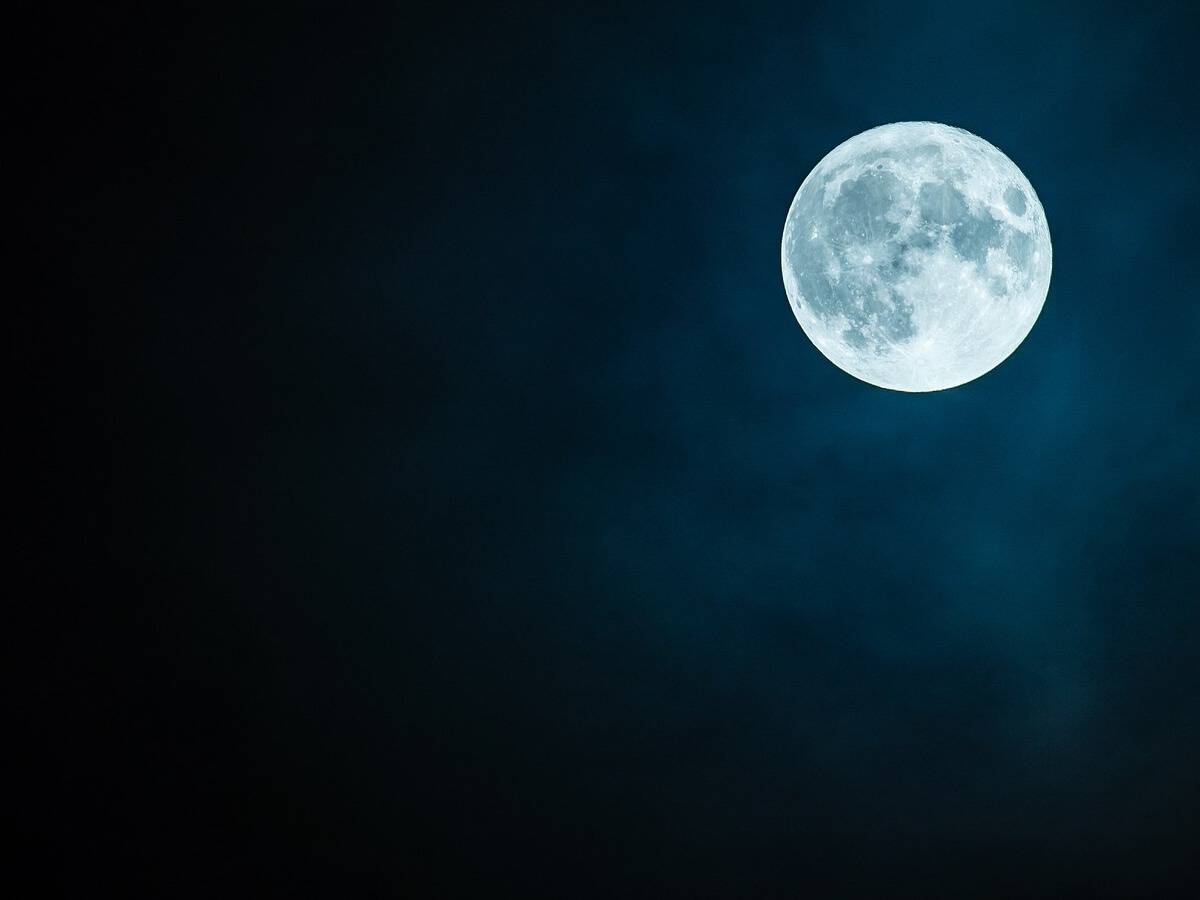
Man’s creative expression in terms of painting, sculpture or music is no longer confined to the earth as artists are sending their artefacts to the moon and beyond.
Way back in 1970s when the Pioneer 10 was launched by NASA on March 2, 1972, it carried the first six-inch by nine-inch gold plaque depicting two nude figures – a man and a woman – along with diagrams of the solar system and the sun’s position in space.
It was intended to serve as a map to Earth for any curious extraterrestrial. We were excited by the hope that someday trillions of miles away, when and if, it encountered any intelligent life, they may decipher its meaning.
The flight was supposed to take the spacecraft much beyond the solar system deep into space.
Well known astronomer, Mr Carl Sagan and founder of Search for Extra Terrestrial Intelligence, Mr Frank Drake were behind the making of the plaque, which can be considered the first visual art to be sent into Space.
Actually, one of the first artefact known as “Moon Museum” was taken to the moon stealthily affixed to the leg of the Intrepid lunar lander of Apollo 12 mission in 1969. Scientists at Bell etched the drawings of six artists onto an iridium-plated ceramic chip the size of a postage stamp. It was hidden within the layers of gold insulation blankets wrapped around the spacecraft.
It bore the line drawings from artist Andy Warhol, painter Robert Rauschenberg and the sculptors Forrest Myers and John Chamberlain.
In 1971 NASA sent up a tiny figurine a 9cm-tall aluminium sculpture by the Belgian artist Paul van Hoeydonck – Fallen Astronaut — aboard Apollo 15, which astronauts left at the landing site to commemorate those who had lost their lives in the quest for lunar exploration.
In 1977, the Voyager 1 and Voyager 2 spacecraft launched from Cape Canaveral, Florida. It carried a “golden record,” a copper phonograph disk containing images and sounds from nature, and music to provide a snapshot of life on Earth to any intelligent life the craft might encounter.
The Lunar Codex project has now started launching creative works of artists of almost all the different countries of the world to the Moon.
Codex Nova was launched on Feb 15, 2024, reached the lunar orbit aboard a Space X Falcon 9 Rocket launched from Kennedy Space Center and landed on the Lunar South Pole on Feb 22, 2024,
at a place called Malpert A, about 190 miles from the Moon’s South Pole. An image of David Molesky’s painting Readings Gibbs to the Bush, was left.
The 14 ft. tall cylinder craft was designed by Intuitive Machines based in Houston.
In addition to scientific instruments to look for water in Moon the spacecraft Odysseus also carried the Codex Nova — a time capsule of paintings and writings curated by science fiction writer and physicist, Samuel Peralta
All artwork on Codex Nova is now part of the designated heritage of humanity, to be preserved for posterity.
It forms part of the tenet of the Artemis Accord, signed by 36 countries for heritage preservation out of the earth on Moon.
Other Codex launches are scheduled to take place later in the year.
Samuel Peralta the curator of The Lunar Codex has stated, “I dreamed of going to the Moon and one day it was possible…….The Lunar Codex is that dream realized, a collection of works from tens of thousands of creative artists across the globe, launched in time capsules from Earth to the Moon – and beyond.”
The U.S.’s National Aeronautics and Space Administration (NASA) has a plan, the Artemis Program, to land humans back on the Moon in 2026, for the first time in over 50 years, he stated.
In parallel with the Artemis program, NASA will send scientific instruments to the Moon, over 2023 to 2026, via Commercial Lunar Payload Service (CLPS) partners, such as Astrobotic Technologies and others. Their lunar landers will launch as payloads, commercial rocket platforms by the United Launch Alliance (ULA) or Space Exploration Technologies (SpaceX)
Along with NASA instruments, these missions will carry commercial payloads, including the time capsules that make up The Lunar Codex.
How are they sending the paintings? The art works are using Nano Fiche, an analog technology storing more content in the same space as microfiche. The important point is that the NanoFiche will be able to withstand severe fluctuations of temperature and humidity, and has a near-zero degradation factor.
As an archival medium, it is expected to last for hundreds of thousands of years. It is being dubbed as a “million-year archive”.
Art images laser-etched on nickel microfiche and/or digitized on terabyte memory cards.
They are being archived on the moon as a lasting record of human culture. Painting, writing, music, films are all being digitised.
These are being taken by rocket flights to the lunar surface and being placed in different parts in the craters of the south pole of the Moon and also the plain of Sinus Viscositatis.

